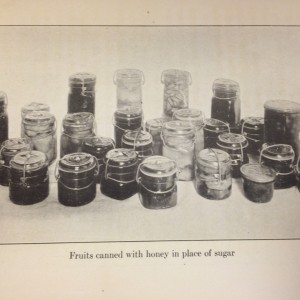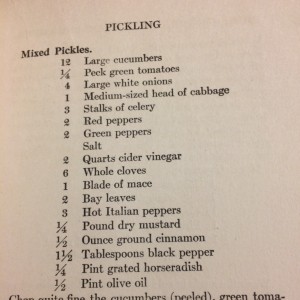Another old method of food preservation, Mrs Andrea begins her chapter with an anecdote about her grandmother not knowing the dangers of bacteria when drying out apples in her garden shed. Dried fruit is still today a very common way to consume out-of-season produce, and many consider it a healthy candy alternative.
Mrs Andrea suggests two methods of drying — firstly to purchase a food drier, and secondly to use the sun. This would certainly be seasonally and geographically dependent. She also includes a photo of three styles of fruit and vegetable driers.

A tip is offered in that one is recommended to not use the chicken incubator to dry fruits and vegetables. This begins to sound like a parody in tone, but Mrs Andrea remains completely serious.
Fruits recommended to preserve by drying include cherries, berries, apples, pears, peaches, plums and apricots — all standard fruits bought and consumed today.
Mrs Andrea closes her book by suggesting one exercises care over “troublesome insects,” which may be prone to laying eggs on the fruit. She suggests using a thin cheesecloth as protection.

